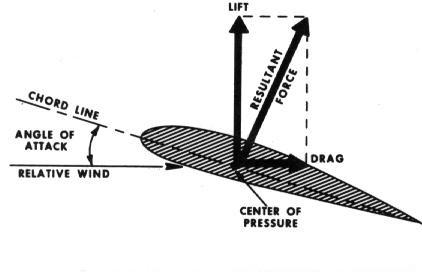Enhancing Sprint Performance Through Center of Pressure Analysis
In the dynamic arena of competitive sprinting, every millisecond is critical, prompting athletes to explore innovative methods to gain an advantage over their competitors. A recent examination published in Frontiers has revealed a significant element that may affect the performance at the start of a sprint—specifically, the positioning of the center of pressure (CoP) on starting blocks. This study underscores the complex relationship between biomechanics and athletic achievement, indicating that foot placement on starting blocks could be pivotal for sprinters. As both seasoned Olympians and aspiring athletes strive for podium finishes, grasping these nuanced mechanics could be essential in their quest for success.
The Significance of Center of Pressure in Sprint Starts
The concept known as the center of pressure (CoP) plays a vital role in determining how effectively an athlete can initiate their sprint.This point represents where total pressure applied to the starting blocks converges and directly impacts force distribution and weight transfer during that crucial first push-off phase. By optimizing CoP positioning on these blocks, sprinters can considerably boost their explosive power generation capabilities. Various factors—including body angle, athlete weight, and limb alignment—can influence CoP dynamics; thus accurate measurement is essential for performance evaluation and training optimization.
Evident correlations exist between adjustments made to CoP and successful sprint outcomes. Athletes who strategically position their CoP nearer to the front edge tend to experience enhanced acceleration rates and overall speed improvements. A thorough understanding of how CoP interacts with ground reaction forces aids coaches in crafting effective training programs focused on drills that enhance stability, balance, and responsiveness related to CoP adjustments.
| Factor | Significance | |
|---|---|---|
| Body alignment | Affects optimal force application through proper alignment. | |
| Shoe Positioning | Affects balance stability during acceleration phases. | |
| Cognitive Coaching Techniques | Pivotal for enhancing focus on efficient take-off strategies. | |
| Athlete Name | CoP Distance (cm from toe) | Total Start Time (s) |
|---|---|---|

